Learning & Teaching
Learning and Teaching encompasses the following areas: Student Outcomes, Curriculum, Assessment, Reporting, Principles and Pedagogy.

Learning & Teaching
Learning and Teaching encompasses the following areas: Student Outcomes, Curriculum, Assessment, Reporting, Principles and Pedagogy.
Hello families,
Over the last week, the students celebrated Science Week 2023. The teachers sparked our students' curiosity, collaboration and fostered a love for all things science. Students were encouraged to be researchers and scientists in their learning spaces by participating in many experiments. The teachers transformed the learning spaces into science labs and our students transformed into young scientists. It was amazing to see the wonder and awe on the students' faces as they watched the results of the experiments. The learning spaces were filled with animated discussions and the unmistakable thrill of discovery and curiosity. Science Week has sparked a love of science experiments in our students.
Thank you to the parent volunteers, teachers and Educational Support Staff who planned and supported the students to be scientists and researchers this week and made Science week a success.
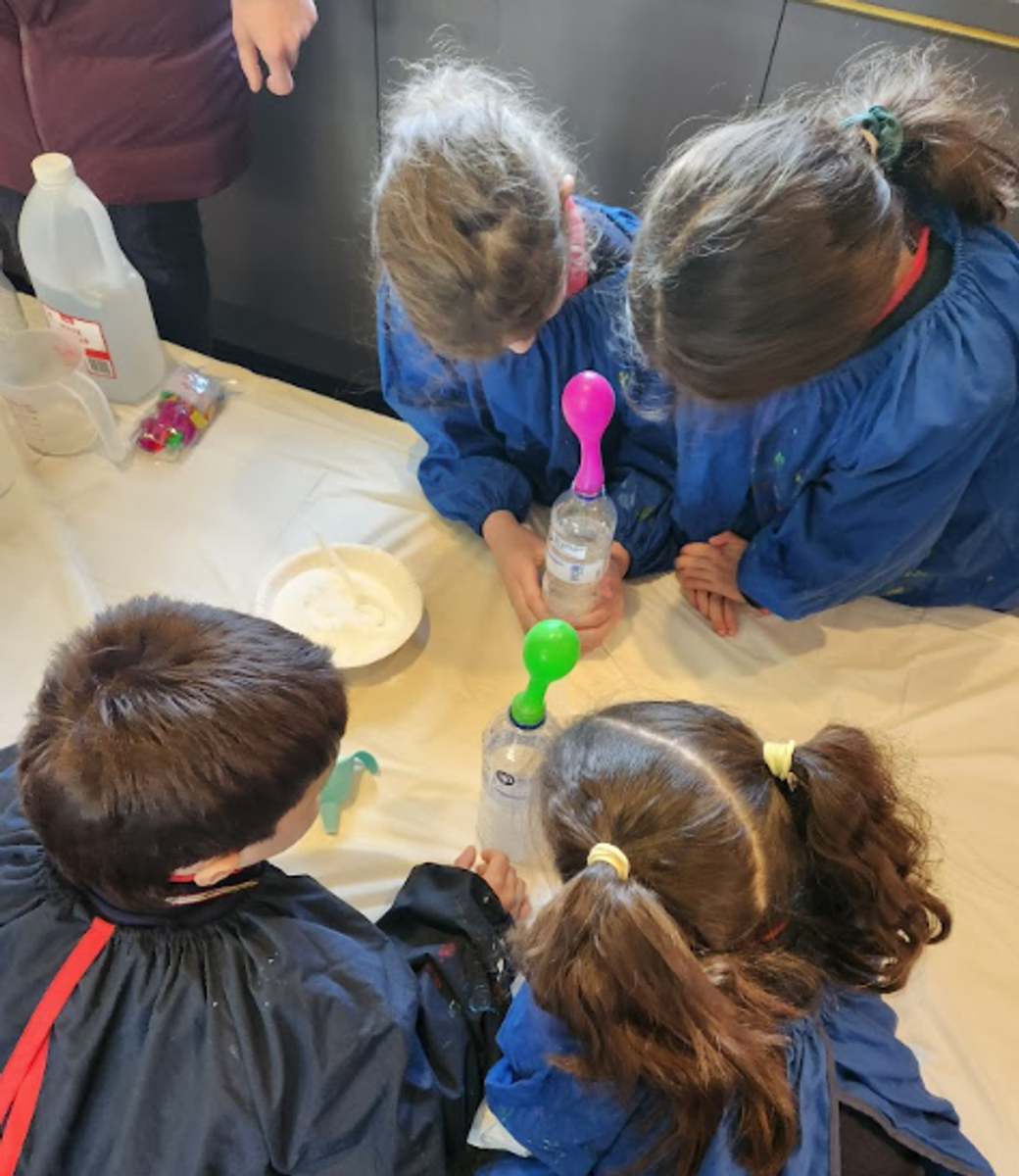
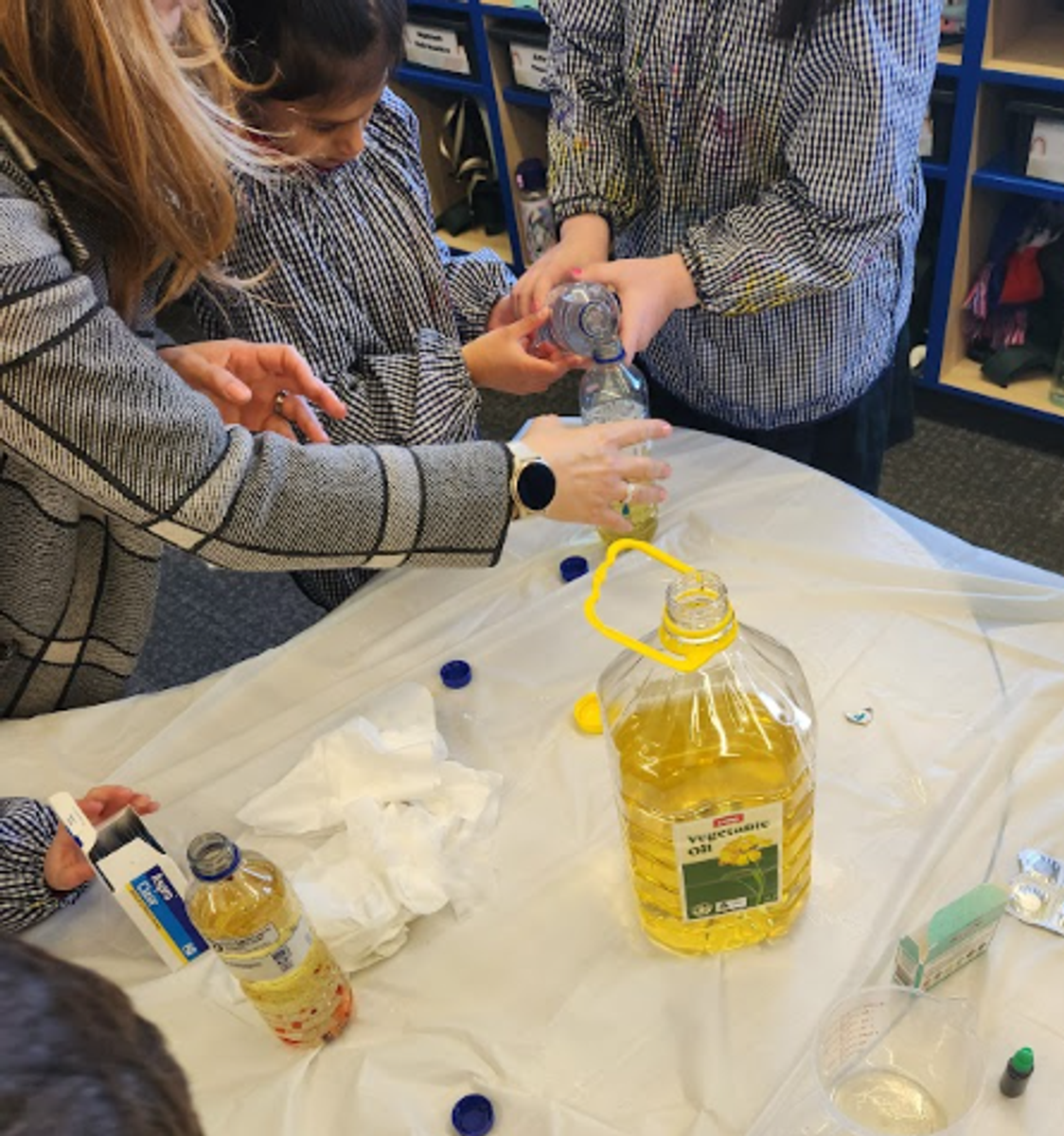
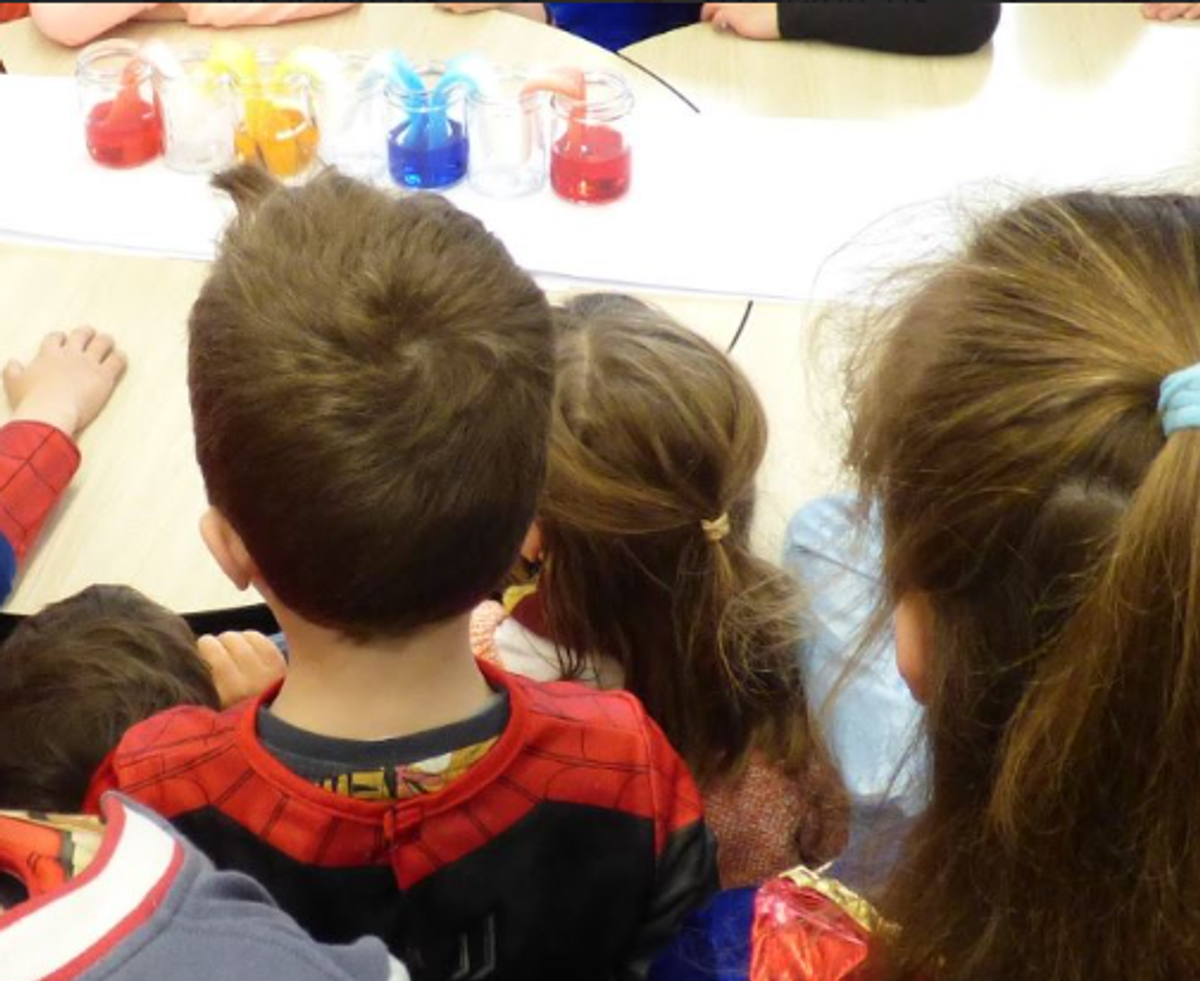
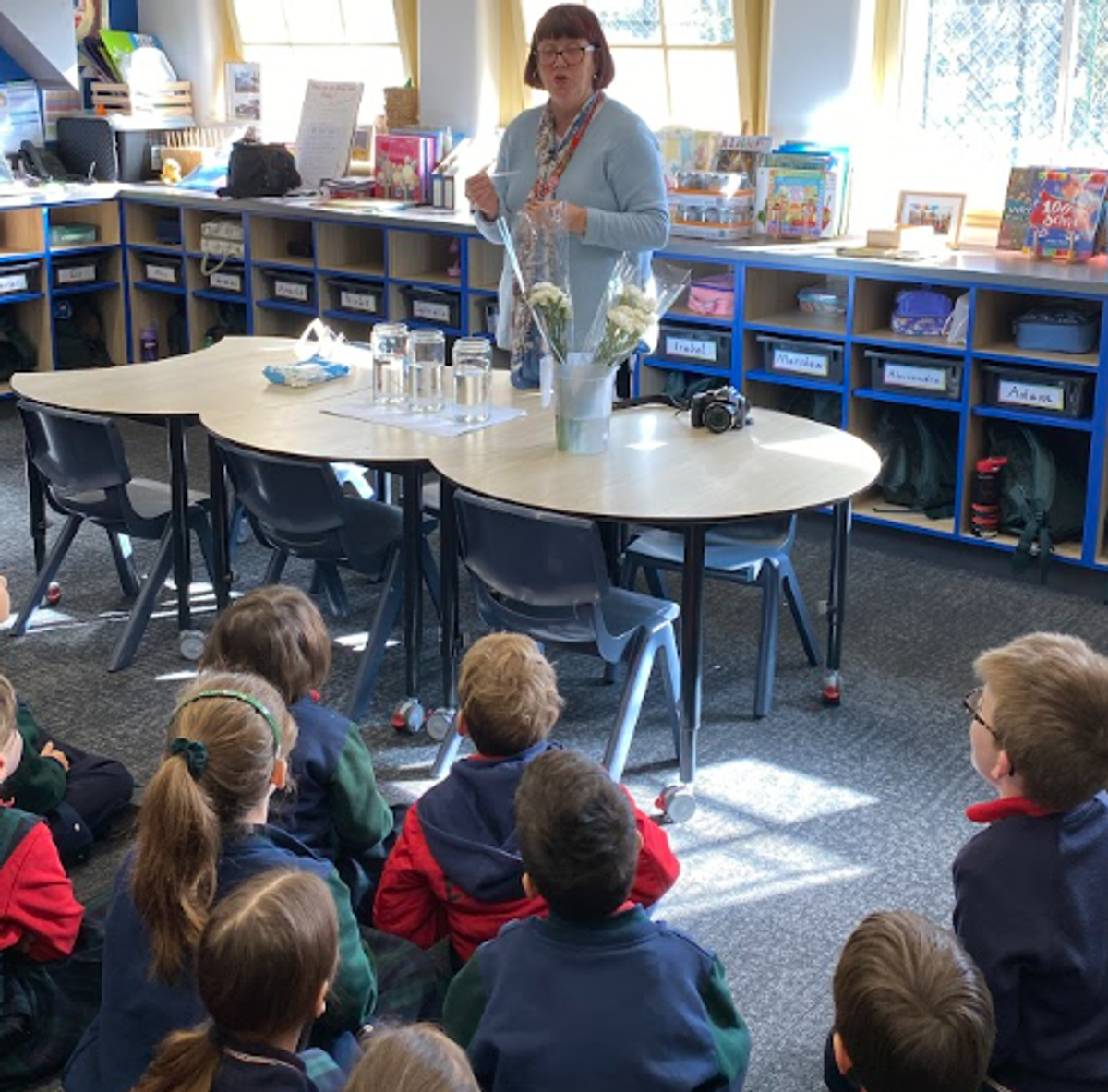
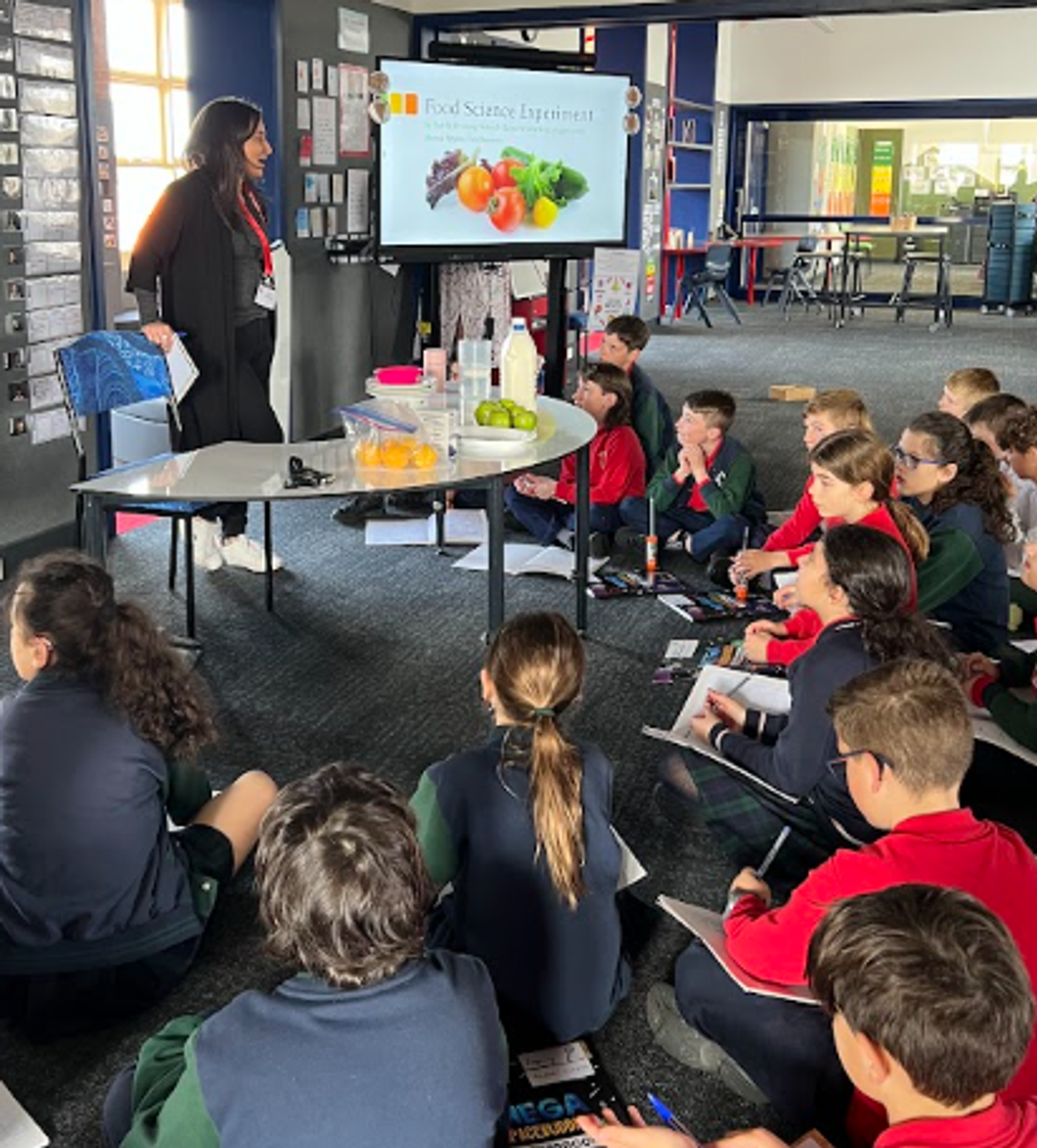
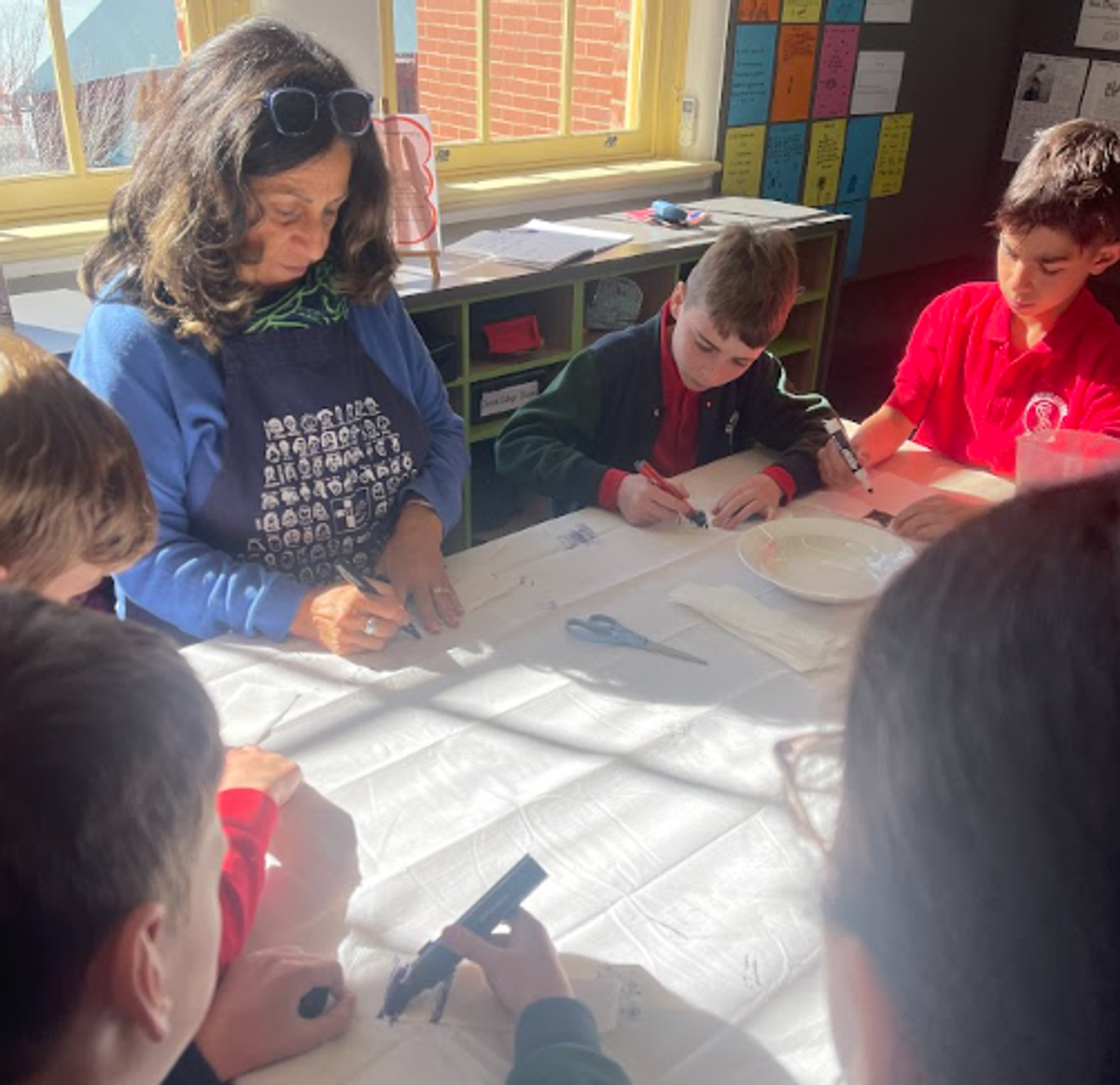
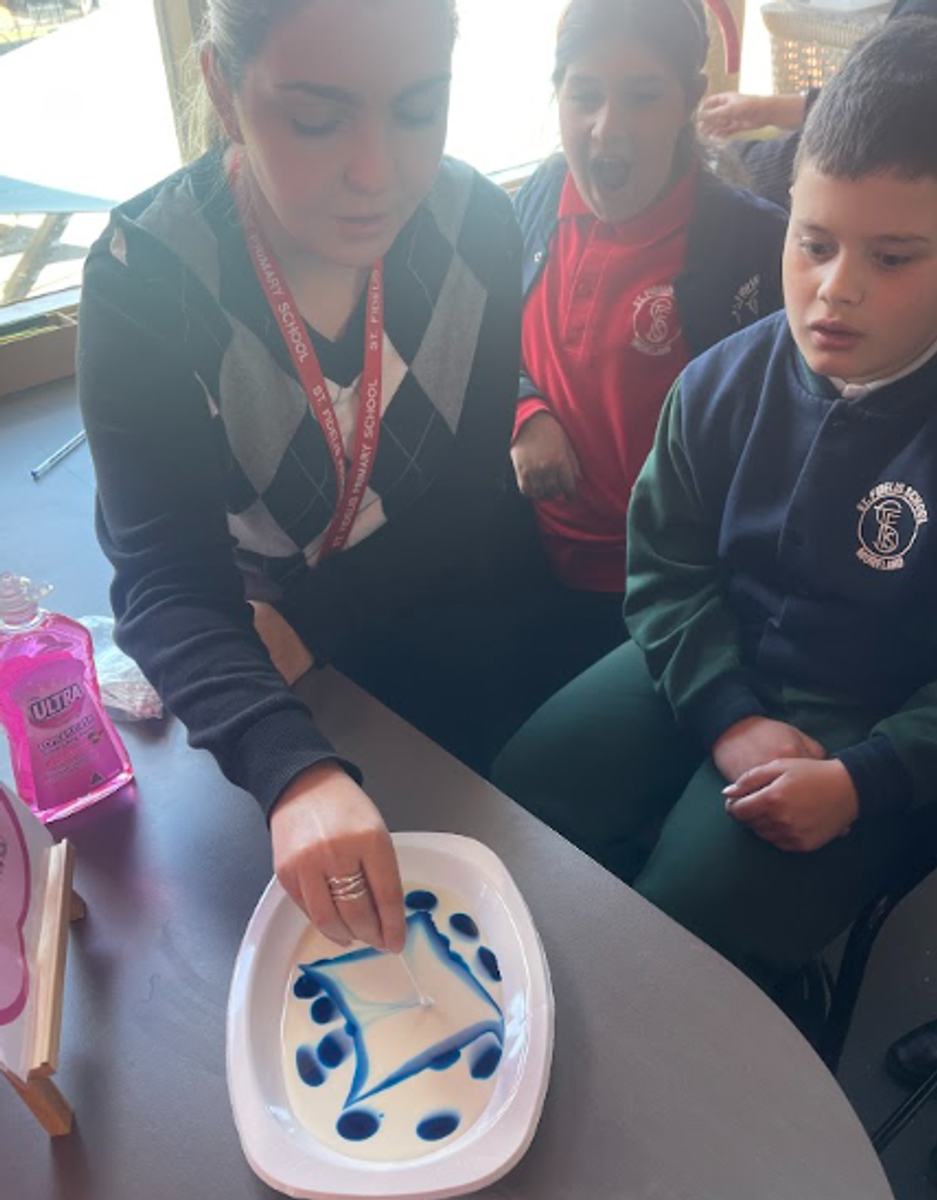
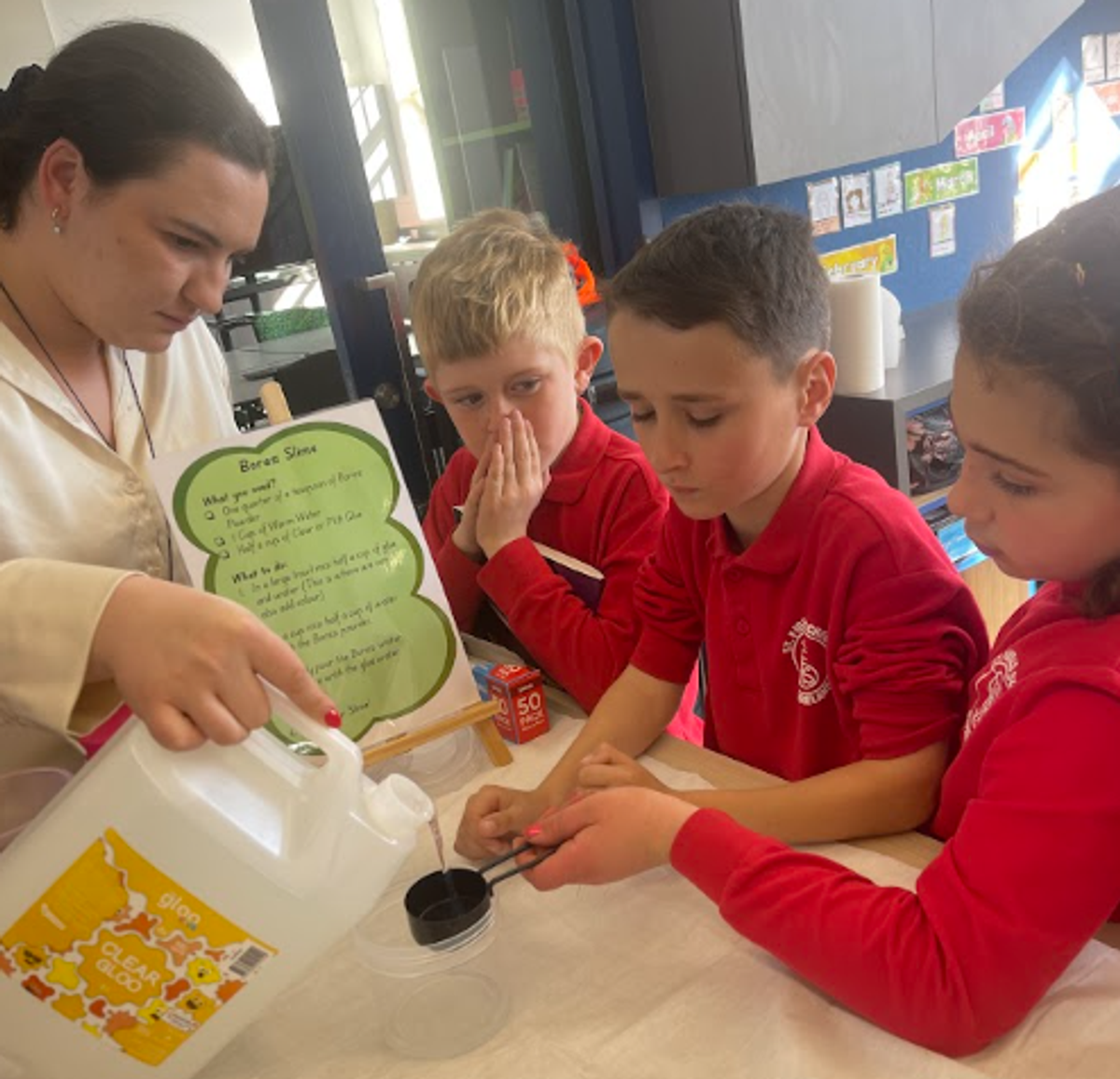








This week, we celebrate all things books, our Book Week Parade, book activities and competitions. Don’t forget our Book Parade is now on Thursday 24th August at 9 am.
Your challenge is to find two picture books for each category. Record your answers in each box. Include the title and author of each of the boxes. Return it to Ms Pirrotta by Wednesday, 23rd August and enter the draw for a $30 Palace cinema E-gift Card.
Family Picture Story Book Reading Scavenger Hunt
At Friday’s Assembly, winners of our Book Week competitions will be announced.
Our Sustainability learners have been busy investigating and researching how to successfully grow strawberries. We began by researching important facts about strawberries and unpacking the following questions.
What soil is suitable for strawberries to grow?
A suitable soil could be bark soil. My dad planted vegetables using the soil from CERES. Orlando.
Bark soil because it makes the strawberries grow fast. I have them at home. Sebastian
How to grow yummy strawberries?
The best way to grow strawberries to is sow them in a sunny and well-drained position. You need to sprinkle the seeds over the soil and cover them lightly with the soil. Make sure that your strawberries have morning sun and they need to be protected from the wind. Pierre
Strawberries grow well in the sun and you need to protect them from snails. Stella
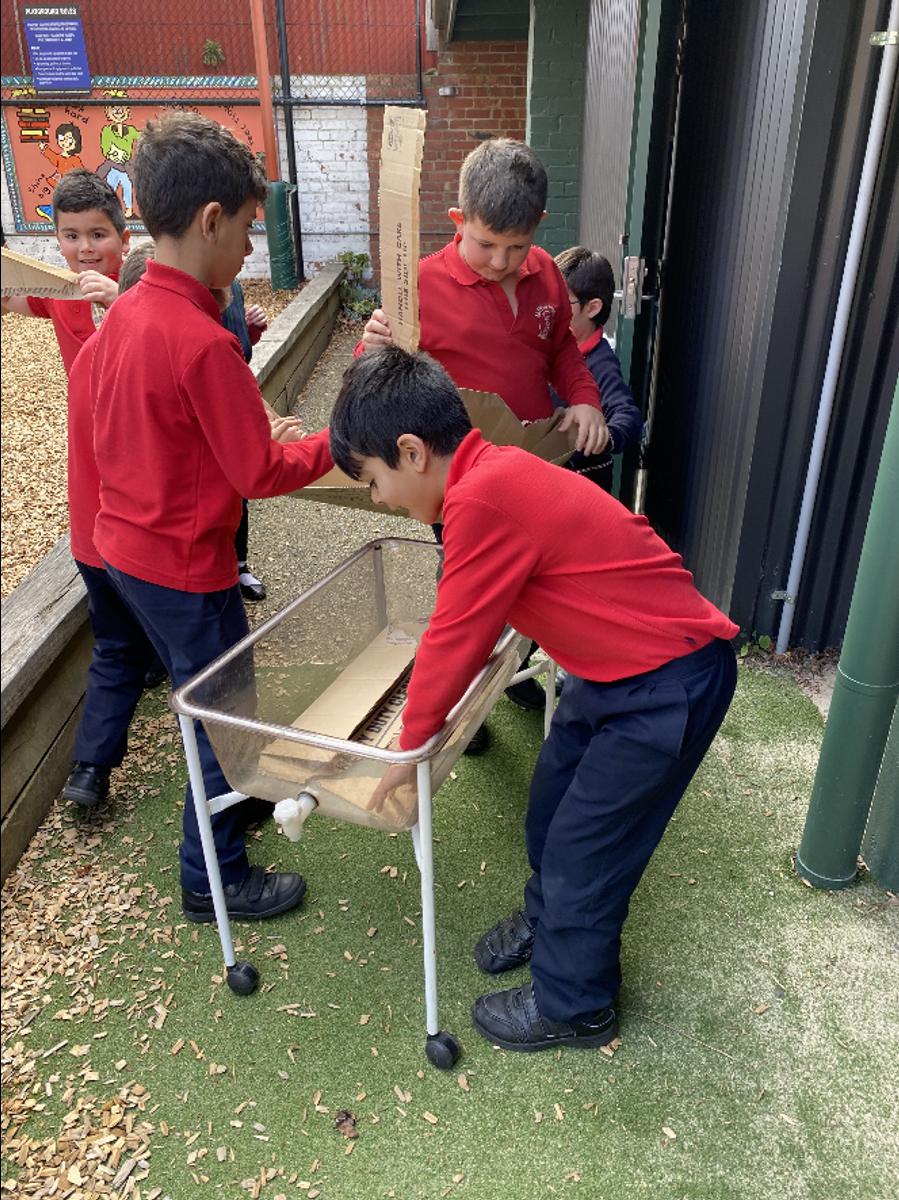
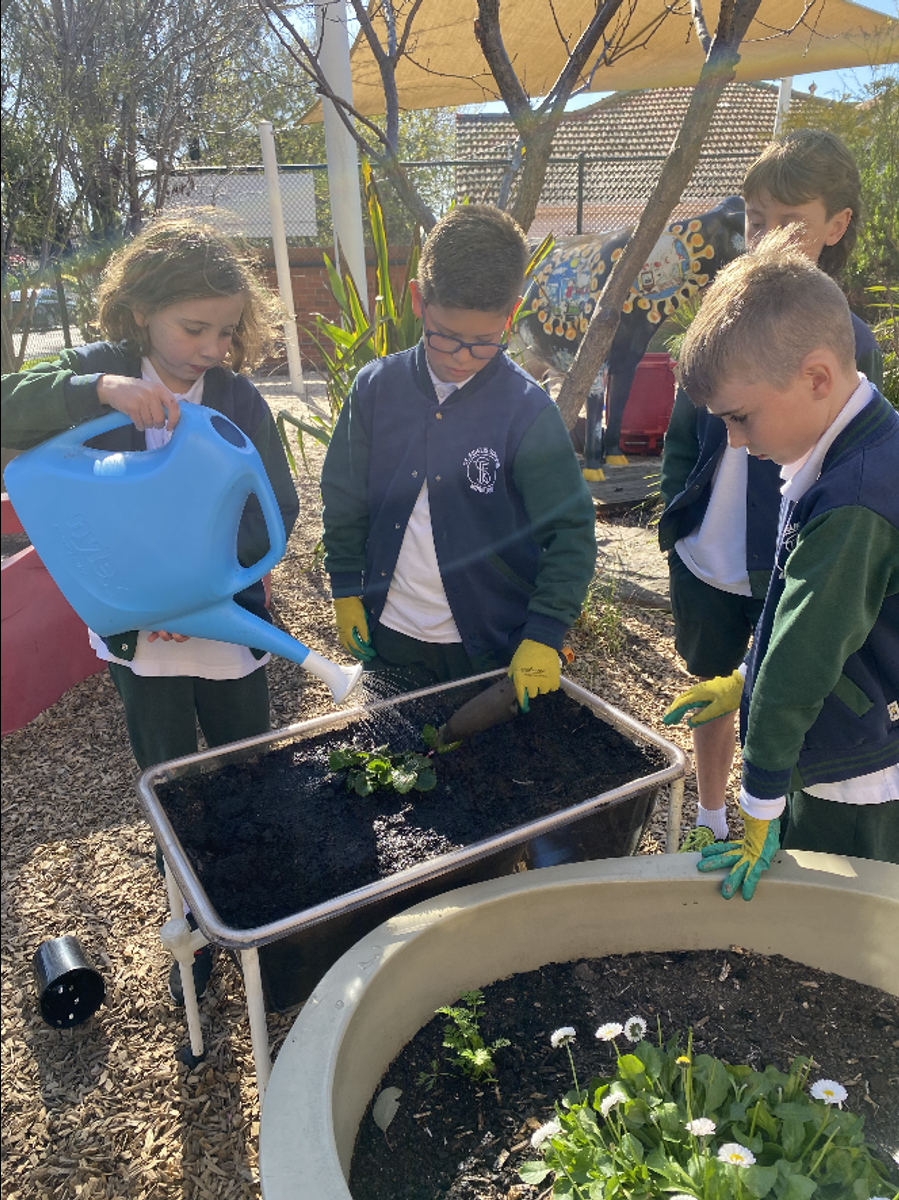




Over the past few weeks, our Sustainability learners have engaged in designing, and researching the purpose of a Remembrance Garden. As collaborators and researchers, they discovered the purpose of a Remembrance Garden so that as a school community we can remember and acknowledge all the people who fought for our country during the war so that we could have a better life.
The children began by researching various plants that symbolize Remembrance Day and Anzac Day. They discovered that rosemary, daisies, poppies and forget-me-knots are all flowers that are significant to and symbolize these special days. They continued their research and discovered that the Gallipoli rose, the RSL rose and the centennial rose are very significant in commemorating these days. As collaborators, the children engaged in designing and sorting out what plants would be suited in our planter boxes. We decided that we would plant rosemary, daisies, forget-me-knots, the Gallipoli rose, the centennial rose and the RSL rose. Through rich dialogue, our learners discussed possible designs that would be suited for our remembrance garden and designed the following:
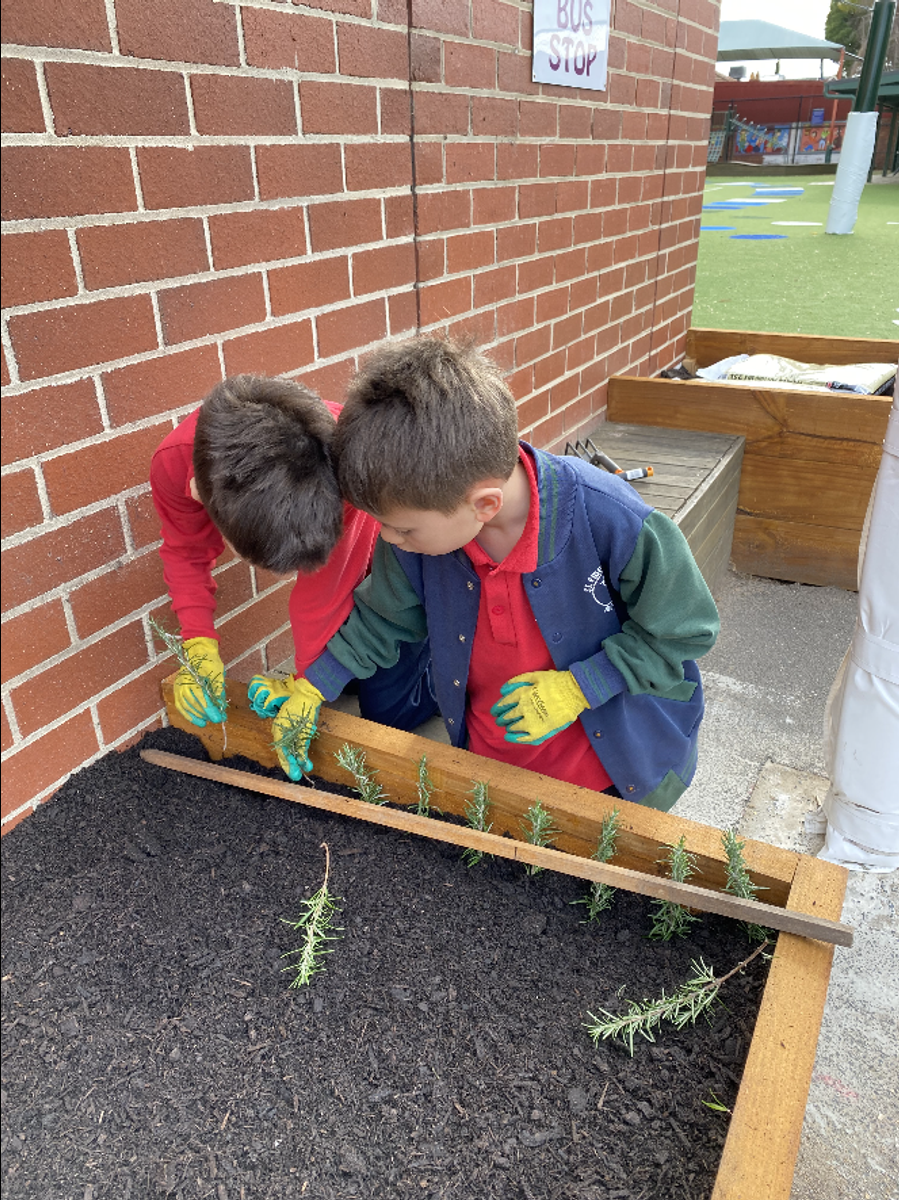
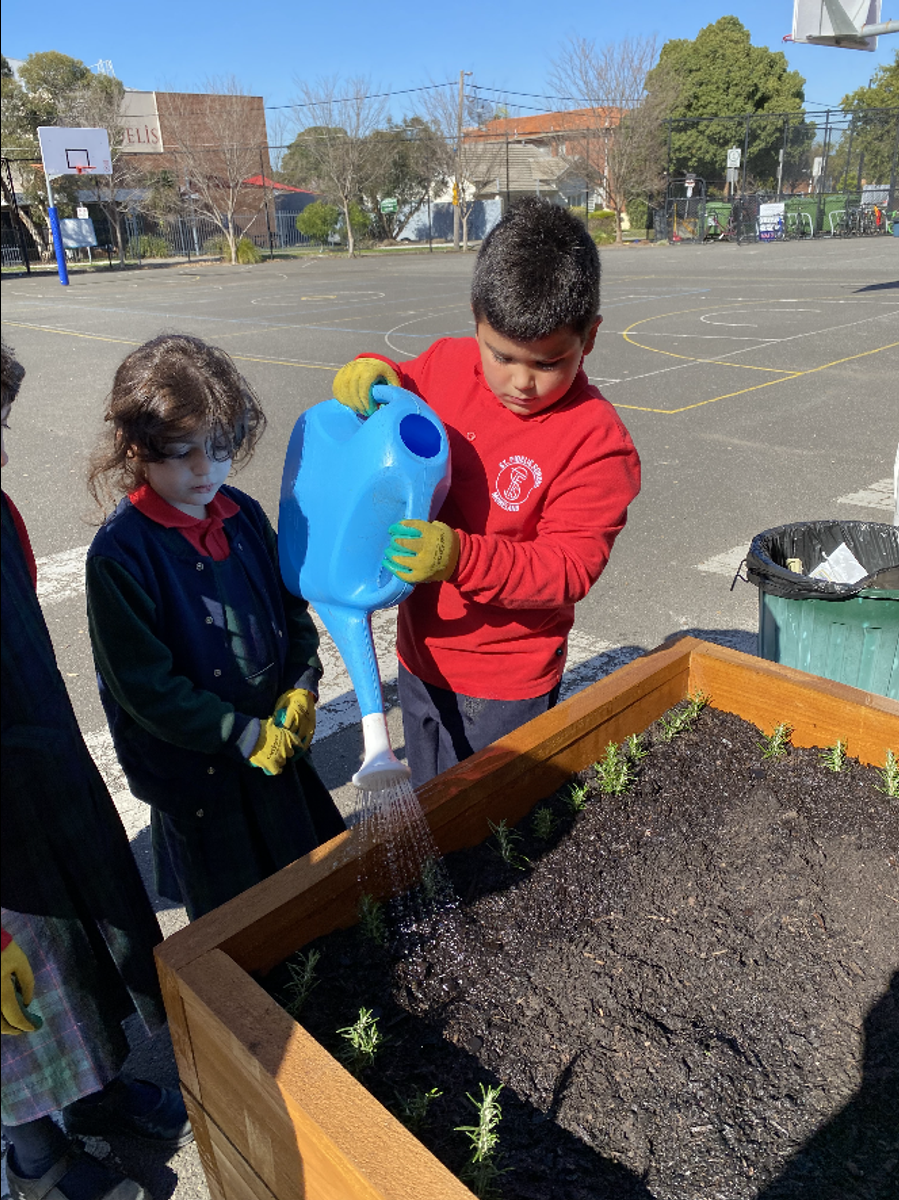
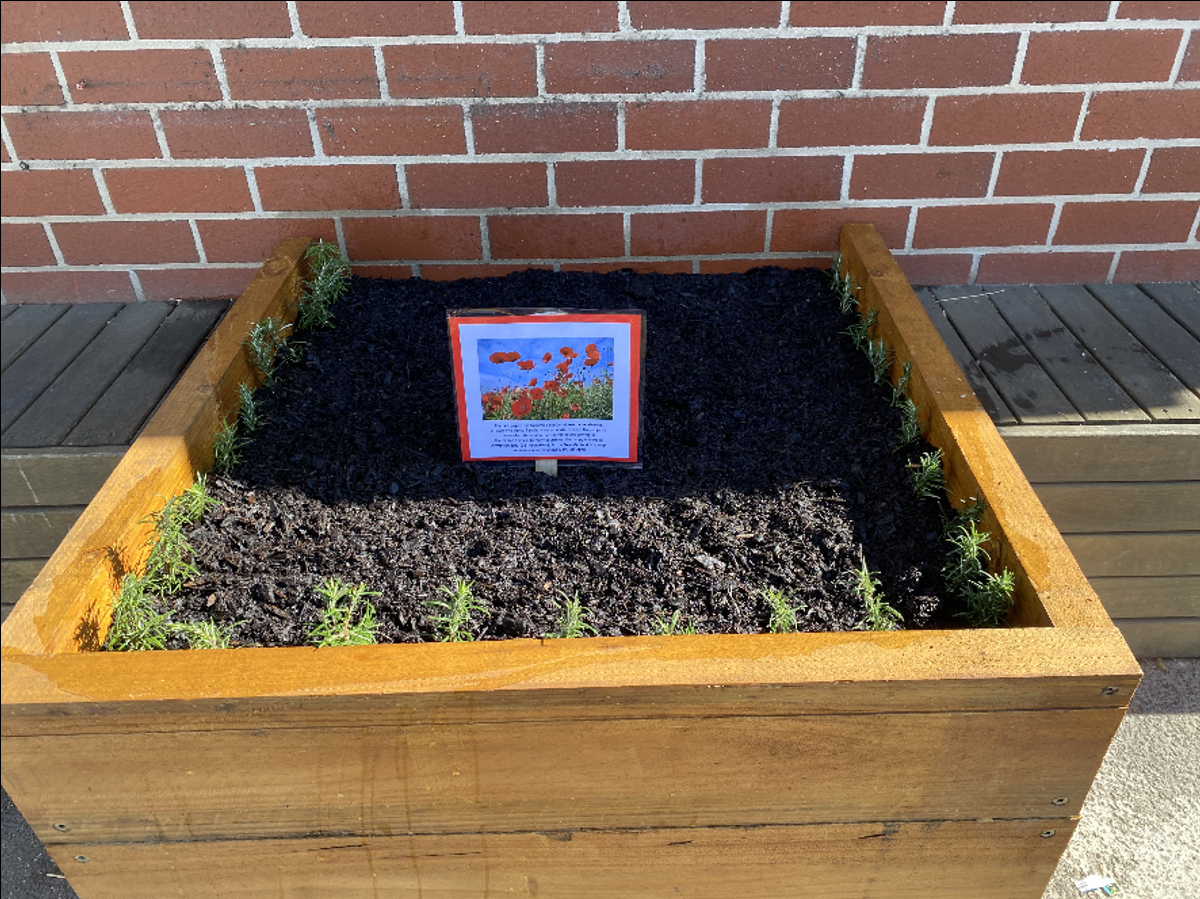



Our gardeners carefully measured the planter boxes and estimated how many rosemary plants would fit into each planter box. They discovered that we needed 44 plants in each planter box. They decided that the rosemary would be planted as a hedge. The children planted poppies, daisies and forget me knots in the planter boxes. We continued our research and discovered that the Gallipoli, centennial and RSL roses are only available in October.
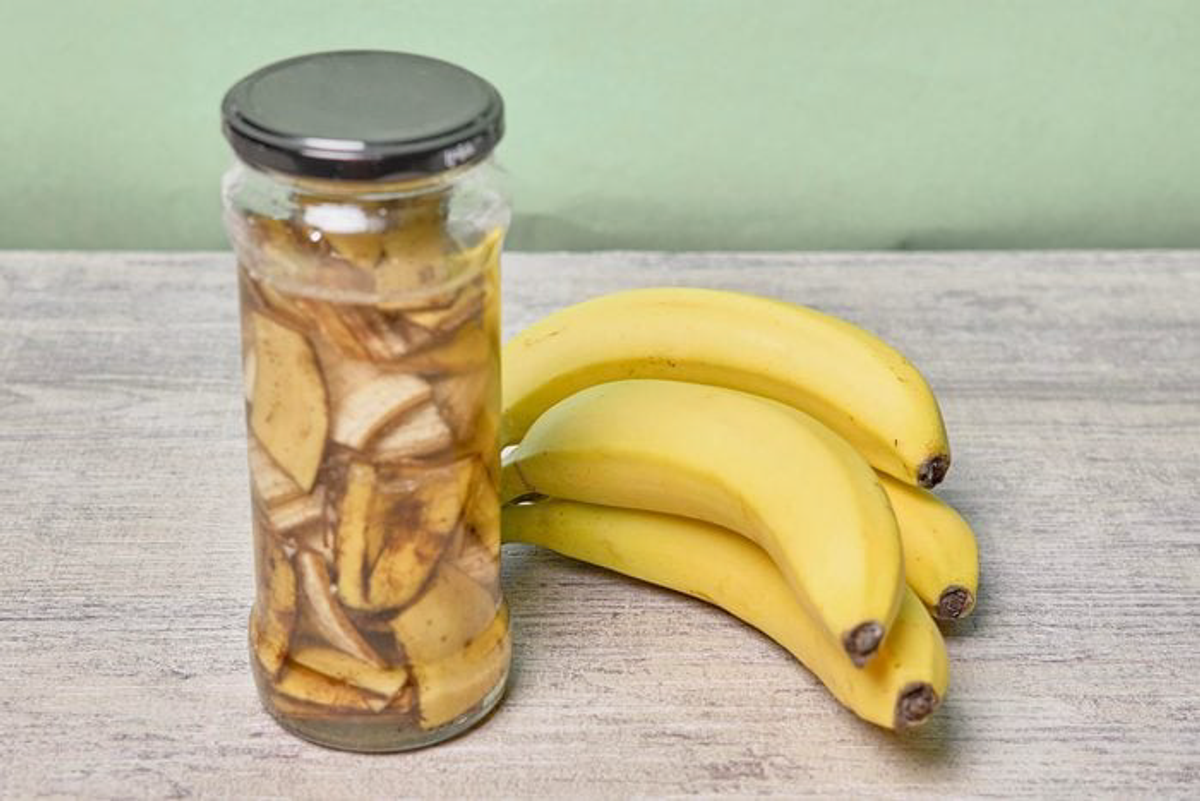

This week during our focus group, a group of Foundation children engaged in learning about banana juice.
We discovered that to make banana juice:
We collect all the banana peels. Mia
We put the banana peels in a bucket of water. Anthony
We leave them in a bucket of water overnight and the banana peels will evolve into banana juice. Arnold.
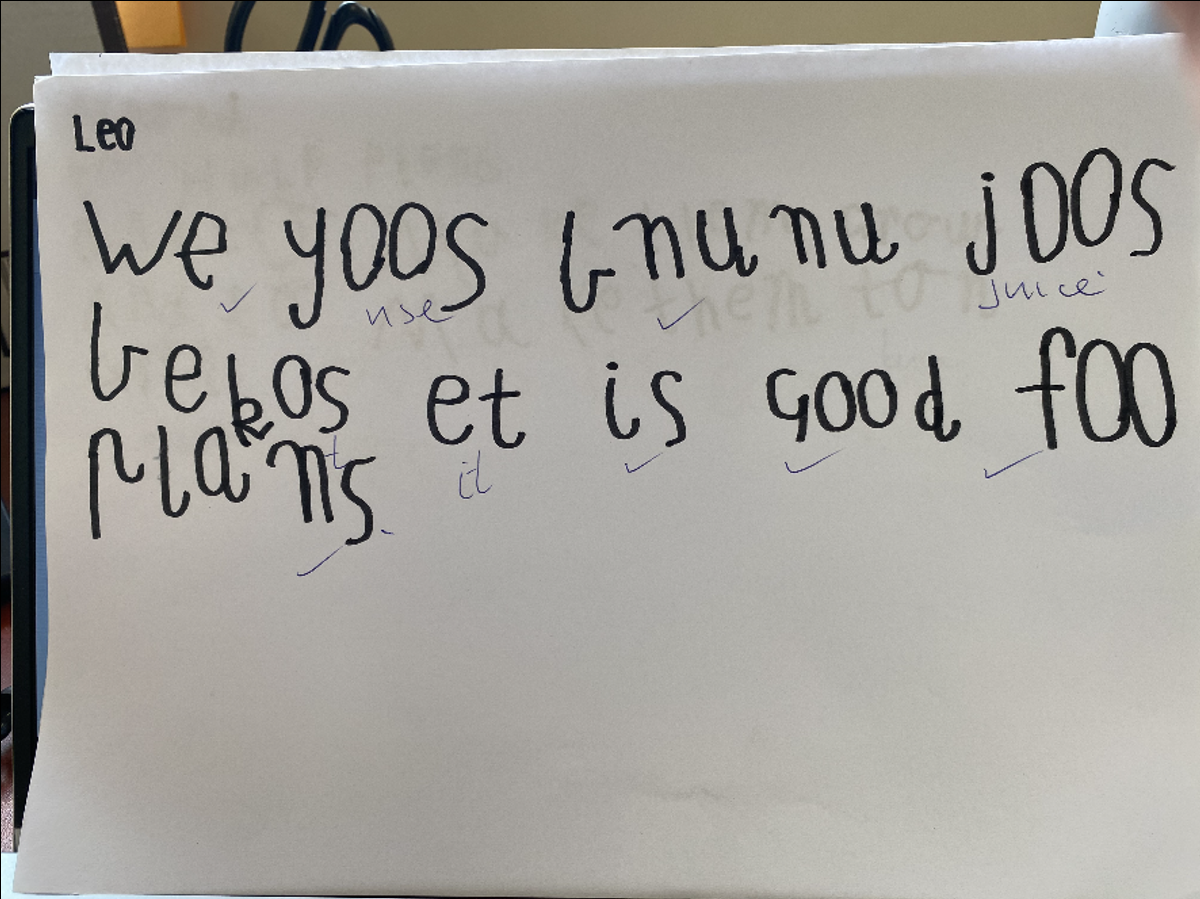
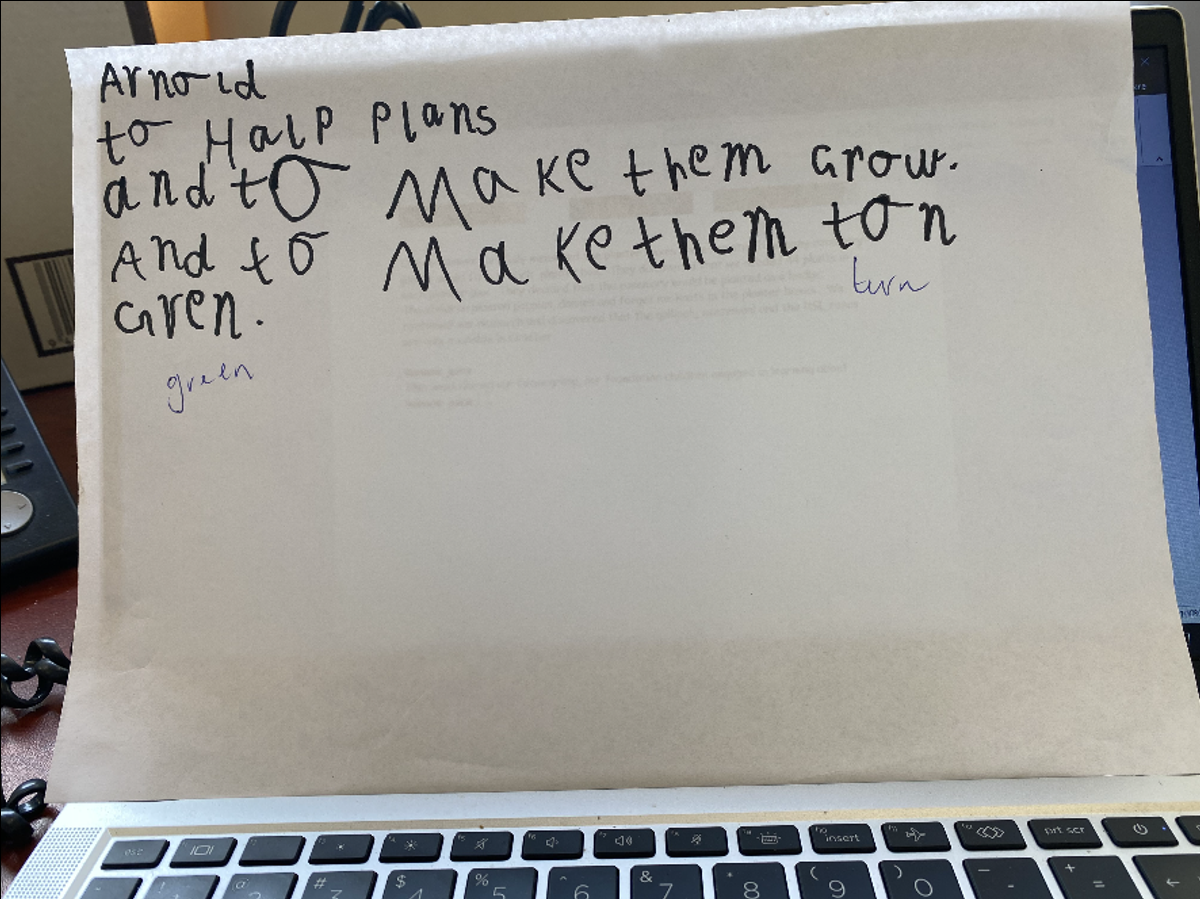






109/200 – Common mistake students make in counting
Have you ever noticed that when a student counts there are critical flash points that indicate if they have a deep understanding of the patterns within of our number system?
In Foundation you might see a student struggling with 44,45,46,47,48,49....(pause for 4 seconds)... 40 'ten'.
A common challenge for Year 1 and 2 students is: 107,108,109 (pause for 4 seconds)...200.
In this blog, I wanted to share some of the strategies I use to help students to overcome this issue.
Firstly, I want to share with you a little about why this problem arises. Moving forwards or backwards over any place value part is challenging. We call this 'bridging'. It is a skill students struggle with from very early in their counting journey, all the way through to Years 5 and 6 when they are required to count in decimal parts. Bridging requires a really deep understanding of the unit we are counting by and the counting pattern that underpins this count (this is closely related to an understanding of place value). Jumping from 109 to 200 is a common thinking mistake amongst novice counters. It is mostly because they haven’t generalised the idea that the 1-99 counting pattern repeats within each hundred.
In my instruction, I want to help them to see this pattern. So, once we get to 100, I then count alongside them... I say "1 hundred and" over and over as they count from 1-99 to help them see that it is the same pattern that they already know, except they have to say "one hundred and" in front.
In Australia, we include the 'and', so my instruction goes like this...
Me: One hundred and
Them: 1
Me: One hundred and
Them: 2
Me: One hundred and
Them: 3
Me repeating the same count (one hundred and) over and over, quickly helps them to see that the only thing that is different in the count from 100-199 is we need to say "one hundred and" in front of the numbers 1-99...
Then, if they get to 109...and get stuck you can say...
"What comes after 9? 10... ok. So put your '1 hundred and' in front of '10' and keep the count going..."
We then move to do the same with numbers 200-300, then 300-400 etc.
Me: Two hundred and
Them: 1
Me: Two hundred and
Them: 2
Me: Two hundred and
Them: 3
Me: Two hundred and
Them: 4 etc
This all happens in one lesson because I want them to see the 'big picture' of counting. It is short, sharp explicit instruction and it is one of my favourite lessons to teach as so many 'light bulbs' go on amongst students!
I walk into the lesson and say 'by the end of today you will be able to count to 1000'. Many students look at me in disbelief, remembering how long it took them to learn how to learn to 99... but I say... maths is all about patterns, we are going to see the patterns today! When we help our students to be aware of the patterns, it is so powerful! Have a listen to how your child counts. Do they know how to bridge from one decade to another 149/150; 189/190?
What about when counting backwards? Can they see the pattern and understand that before decade numbers is 9 .. like 10, 9, 8, etc…. 20, 19, 18; 50, 49, 48; 169, 159, 158.
We have been assessing the students with their counting and not only do we notice this, but also that many when counting by 5’s, 10’s don’t understand the pattern repeats after we hit the 100, saying things like, 80,90,100,101,102 .
(Thanks to Dr Ange Rogers for her Blog on common mistakes in counting)
SSV ATHLETICS CARNIVAL 2023
Congratulations to the students who participated in the Athletics Carnival for this year. Below are the results of Schools' point tallies. Considering St Fidelis is the 2nd smallest school, not a bad effort!!!!
SCHOOLS HANDICAPPED POINTS TABLE
| POSITION | SCHOOL | POINTS |
| 1ST | PASCOE VALE | 148 |
| 1ST | PASCOE VALE SOUTH | 148 |
| 3RD | ST FIDELIS | 144 |
| 4TH | COBURG WEST | 140 |
| 5TH | MORELAND | 138 |
| 6TH | ST BERNARDS | 132 |
| 7TH | PASCOE VALE NORTH | 130 |
| 8TH | ST OLIVERS | 122 |
| 9TH | COBURG NORTH | 115 |
| 10TH | NEWLANDS | 99 |
| 11TH | ST PAULS | 98 |
| 12TH | COBURG | 95 |
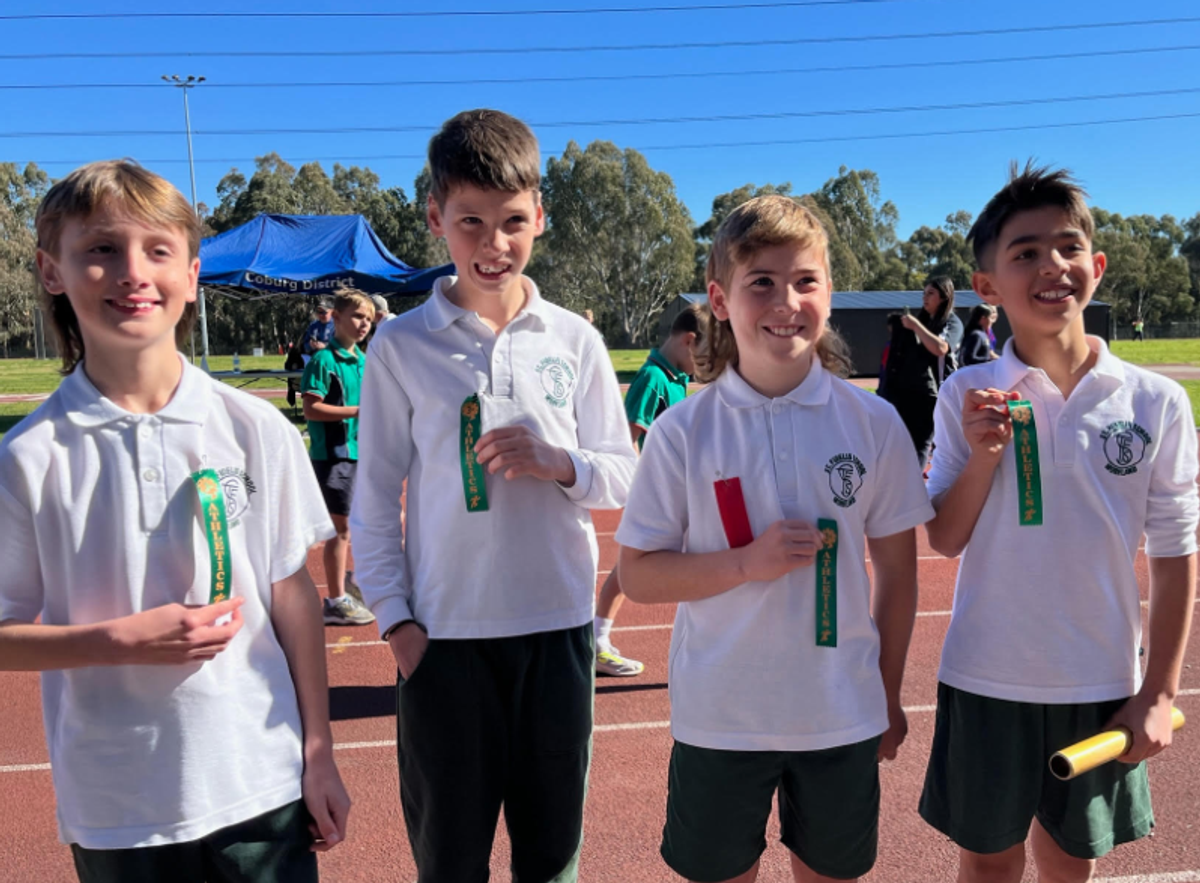
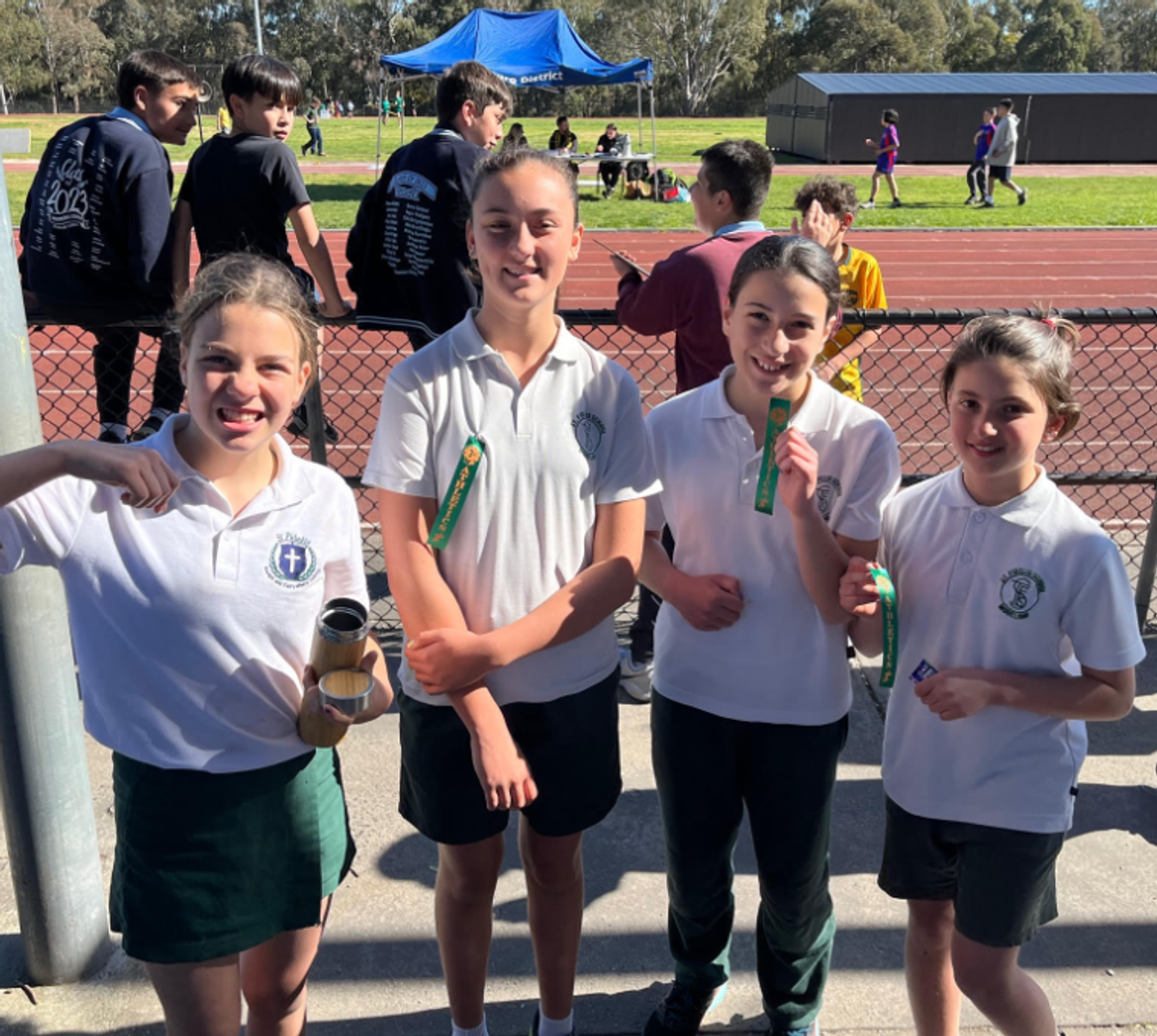
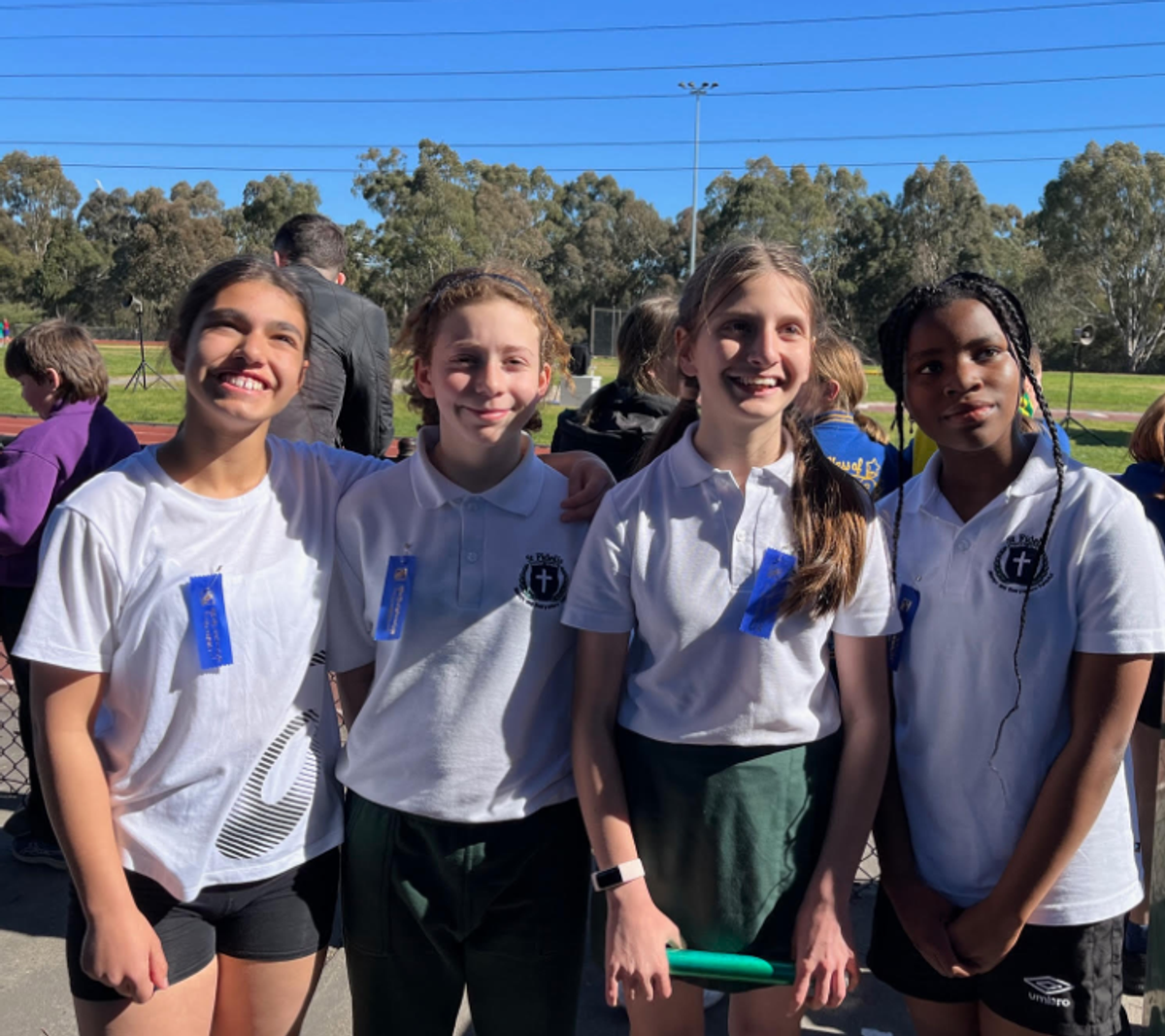



The Year 5/6 students explored and experimented with ‘Hand Art’. They painted an image to show one of the seven days of creation on a partner’s hand. Each Year 5/6 designed a ‘Creation Day’ image and from that design, they painted a coloured image of one of the seven days of creation on each other's hands.
Click on the YouTube link to see what Year 5/6AO created. The Artwork is titled 'The Hands of Creation'.